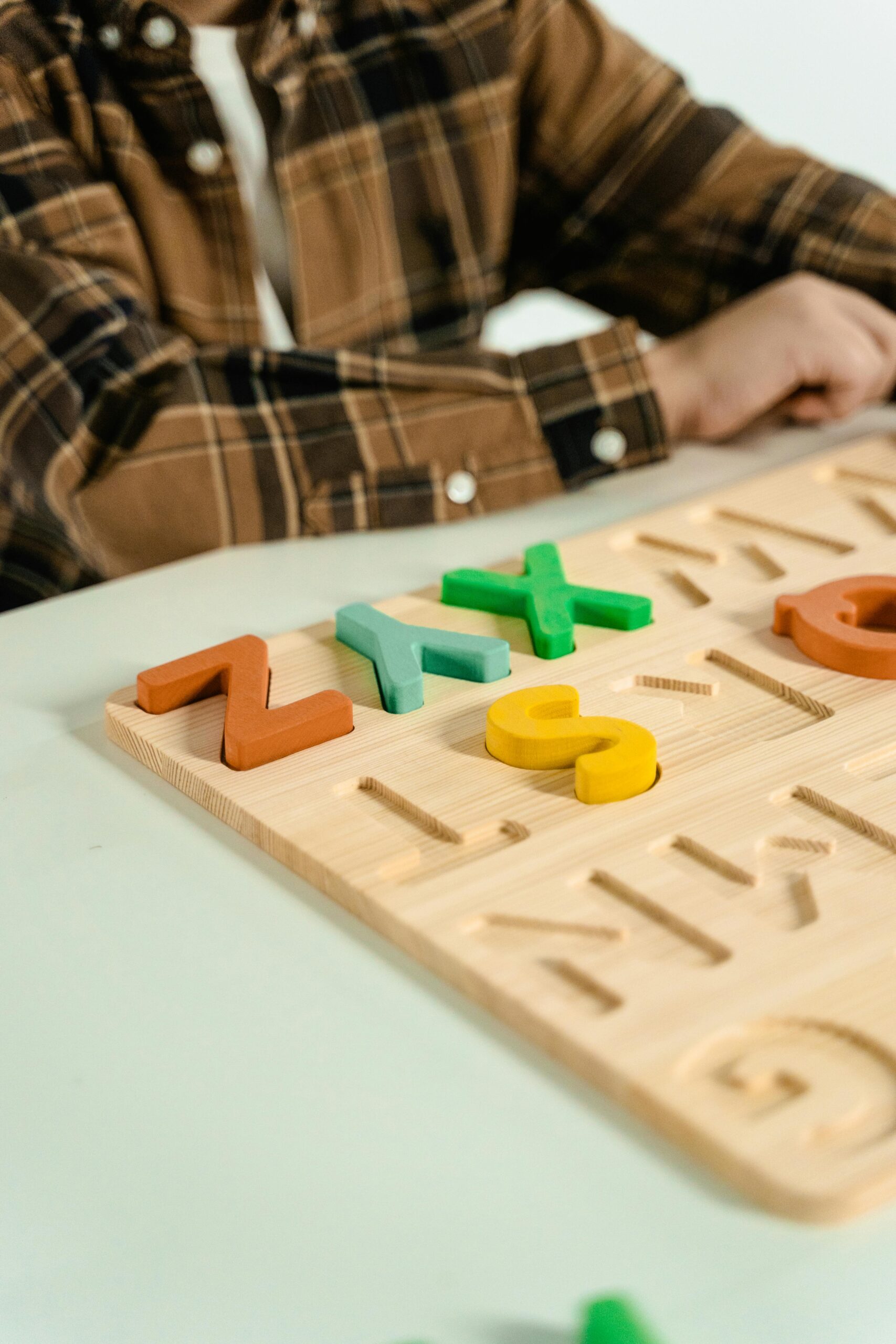Best Tactile Learner Study Tips to Boost Retention
Learning doesn’t look the same for everyone—and for tactile learners, the traditional study routine just doesn’t cut it. In today’s fast-paced academic world, understanding your unique learning style is critical for success. This article will explore the most effective tactile learner study tips, providing practical tools and strategies to improve retention and maximize learning outcomes through hands-on engagement.

Understanding the Fundamentals
Tactile learners, also known as kinesthetic learners, absorb information best through touch, movement, and physical interaction. Unlike auditory or visual learners, they thrive on active participation. Grasping this concept is key to unlocking effective learning for many students who feel left out by conventional methods.
Imagine trying to learn how to ride a bike by reading about it. For tactile learners, this is often what traditional studying feels like. They need to engage their body and senses to fully process information.
1.1 What is Tactile Learning?
Tactile learning is a learning style in which individuals grasp information more effectively through physical experiences. This includes activities such as building models, conducting experiments, and using flashcards. Studies show that roughly 15% of people are tactile learners, and they often excel in hands-on environments.
Examples of real-world applications include using manipulatives in math, conducting science labs, or practicing physical routines in sports training. A common misconception is that tactile learners cannot succeed in traditional academics, but with the right tools, they can thrive.
1.2 Why Tactile Study Methods Work
Compared to passive methods like reading or listening, tactile techniques activate multiple parts of the brain. This improves memory retention, comprehension, and engagement. While auditory learners may prefer lectures, tactile learners benefit from action and repetition.
Incorporating study materials like textured flashcards, stress balls, and learning stations adds an interactive dimension that supports their unique cognitive processing style.
Practical Implementation Guide
Understanding is only half the battle. The real benefit comes from putting tactile learner study tips into action. Let’s explore how to effectively implement hands-on strategies that align with a kinesthetic learning style.

2.1 Actionable Steps
- Use Manipulatives: Incorporate physical objects such as blocks, flashcards, or 3D models to visualize abstract concepts.
- Create a Movement-Based Routine: Study while walking, pacing, or using a standing desk. This physical motion helps tactile learners absorb material more deeply.
- Schedule Kinesthetic Breaks: Set a timer to include short breaks for activities like stretching, squats, or hand exercises to reset focus and maintain energy.
2.2 Overcoming Challenges
Common hurdles tactile learners face include restlessness, difficulty with passive lectures, and feeling disconnected in online learning environments. These challenges can be addressed by:
- Using fidget tools discreetly during class
- Taking handwritten notes instead of typing
- Participating in group projects and hands-on labs
Warning signs to watch for include poor retention despite long study hours or frequent daydreaming. Overcome these by structuring study sessions to include interactive tools and physical engagement.
Advanced Applications
Once the basic techniques are second nature, it’s time to explore more advanced applications. These next-level tactile learner study tips can enhance both academic performance and lifelong learning.

3.1 Multi-Sensory Learning Integration
Combining tactile methods with audio or visual elements creates a multi-sensory experience that strengthens memory. For example, building a science model while watching an instructional video and repeating keywords aloud leverages multiple learning pathways.
Studies show that students using multi-sensory techniques score up to 20% higher on retention tests compared to single-style learners.
3.2 Using Technology for Tactile Learning
Tools like VR labs, touchscreens, and interactive whiteboards enable tactile engagement in digital spaces. Apps that simulate dissection, molecule modeling, or architecture drafting offer tactile learners new platforms to explore complex concepts.
When integrating technology, consider device compatibility, app customization, and the student’s comfort with digital interfaces.
Future Outlook
The future of education is increasingly personalized. Emerging technologies are making it easier to adapt lessons to suit tactile learners. Expect to see more classroom tools with haptic feedback, gamified lessons, and real-time motion tracking.
Over the next 3–5 years, educators predict a surge in kinesthetic-based learning modules and more inclusive curriculum design. Students can prepare by embracing tech, staying informed, and advocating for hands-on options in academic settings.
Conclusion
Tactile learners thrive with physical interaction, and their potential is unlocked through strategic study techniques. By using manipulatives, integrating movement, and leveraging technology, retention and engagement soar.
To get started, evaluate your current study routine, incorporate at least one tactile method, and monitor your progress. Whether you’re a student or educator, these tactile learner study tips can transform the learning experience.
Frequently Asked Questions
- Q: What is a tactile learner? A tactile learner is someone who learns best through hands-on activities, using movement and physical interaction to process information.
- Q: How do I start studying as a tactile learner? Begin by incorporating activities like using flashcards, building models, or walking while reviewing notes.
- Q: How long does it take to see results from these methods? Typically, noticeable improvement can happen within 2–4 weeks of consistent practice, depending on the learner’s dedication.
- Q: Do tactile learning tools cost a lot? Many effective tools are inexpensive, such as DIY flashcards, basic manipulatives, or free movement-based activities.
- Q: Are tactile study tips better than other learning styles? Not necessarily—each learning style is valid. Tactile methods are best for those who struggle with traditional approaches.
- Q: Is tactile learning hard to implement? It may require a shift in habits, but once integrated, it becomes second nature and can greatly enhance study efficiency.
- Q: Can tactile learning help in professional settings? Absolutely. Professions like engineering, healthcare, and trades benefit greatly from hands-on learning and skill-based application.
